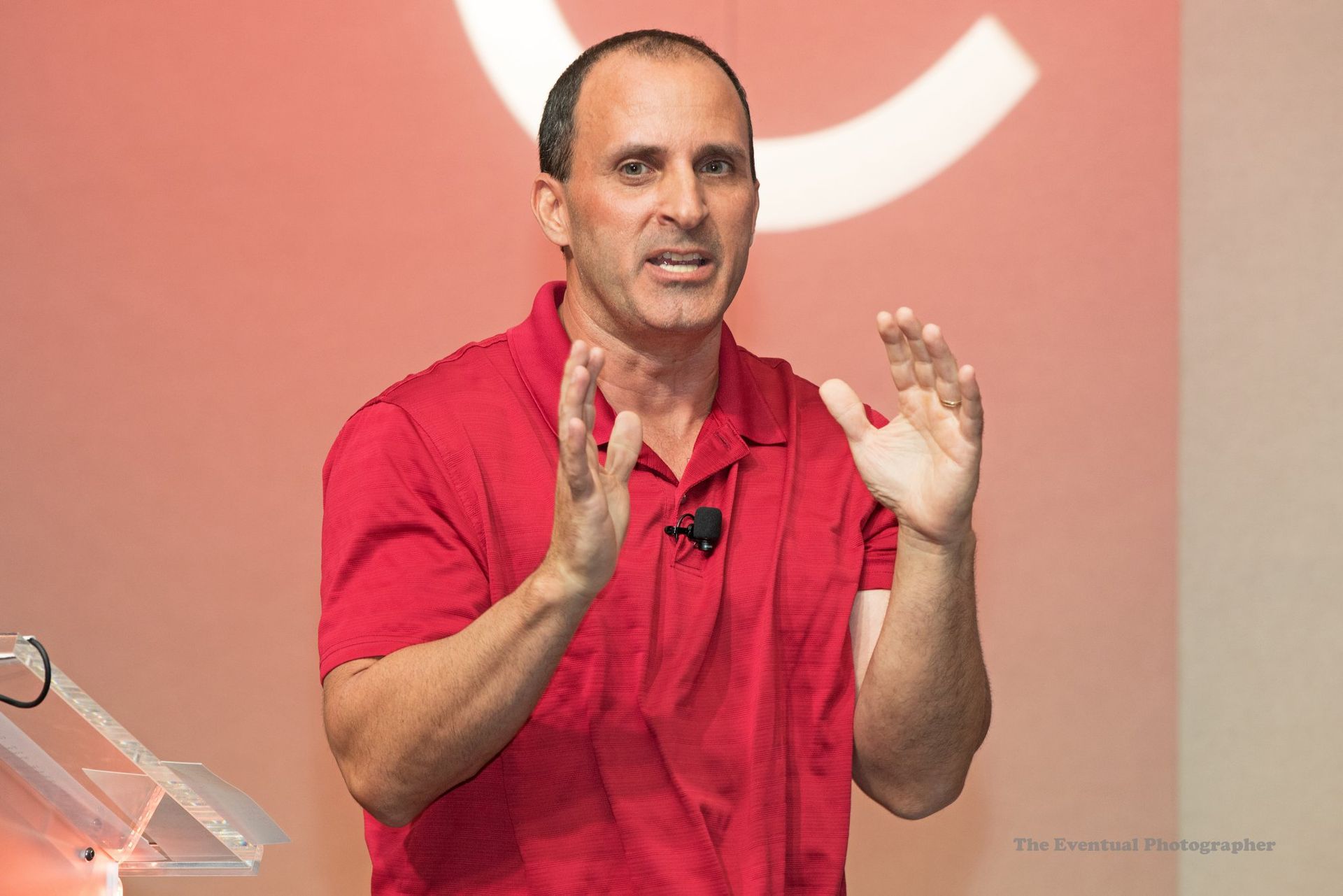SolarWinds ($SWI) may spin off its MSP software business as a standalone, publicly held company, the IT management software provider disclosed after U.S. markets closed today. If completed, SolarWinds shareholders would own shares of both companies, the business said.
Related Coverage (Updated August 7, 2020):
Original ChannelE2E Report (August 6, 4:21 p.m. ET): In a statement, SolarWinds said its board of directors has "authorized the company’s management team to explore a potential spin-off of its MSP business into a newly created and separately traded public company."

In a prepared statement, SolarWinds CEO Kevin Thompson said:
“We are exploring a potential spin-off transaction because we believe that, if completed, a spin-off may enhance the successful operation of both the MSP and the Core IT Management businesses and increase their respective values. By splitting the two businesses into separate companies, it may be that the business and related investment, spending and capital allocation policies of each company could be managed consistently with each business’ objectives. Establishing specific and independent goals may enable both the Core IT Management and MSP businesses to manage investments and objectives that are more closely tailored to each business’ market needs and customer requirements. Should we move forward with the spin-off, we would expect that the Core IT Management business would be focused on maintaining our best-in-class profit margins, while the MSP business would be focused on long-term growth with strong, differentiated profitability metrics for a SaaS business.”
The company statement continued:
"If completed, the standalone entity would provide broad and scalable IT service management solutions designed to enable managed service providers, or MSPs, to deliver outsourced IT services for their small and medium size business end-customers and more efficiently manage their own businesses. SolarWinds would retain its Core IT Management business focused primarily on corporate IT organizations. SolarWinds believes that, if completed, the potential spin-off would enable shareholders to more clearly evaluate the performance and future potential of each entity on a standalone basis, while allowing each to pursue its own distinct business strategy and capital allocation policy."
Still, completion of any spin-off is "subject to various conditions, including final approval of SolarWinds’ board of directors, and there can be no assurance that the potential spin-off transaction will be completed in the manner described above, or at all. If SolarWinds proceeds with the spin-off, it does not expect to complete the transaction earlier than the end of the first quarter of 2021."
Potential SolarWinds MSP Spin-Off: What It All Means
To be clear: The potential SolarWinds MSP standalone company would focus purely on MSPs that support small business customers. SolarWinds corporate is still exploring whether such a move would be practical, and no imminent moves are planned.
Both sides of the SolarWinds business have generated long-term growth. But enterprise software and MSP software typically involve different pricing and profit models, ChannelE2E believes. Spinning out the SolarWinds MSP business, in theory, would allow that operation to more fully optimize its focus on MSP priorities -- without worrying about overall enterprise business objectives set by the SolarWinds mother ship, ChannelE2E believes.
Potential SolarWinds MSP Spin-Off: What It Means to Partners
There's no guarantee that the SolarWinds MSP business spin-out will occur, nor should MSPs (managed IT service providers) worry about a change of ownership.
The reason: Together, Thoma Bravo and Silver Lake own roughly 85 percent of SolarWinds. The other 15 percent of SolarWinds involves publicly owned stock -- traded under the $SWI symbol.
A potential spin-off of SolarWinds MSP would create a second, separate publicly traded stock -- backed by those familiar Thoma Bravo and Silver Lake investors. Essentially, the spin-out wouldn't be a change in ownership. Instead, it would be a change in organization designed to give both sides of the house more freedom to pursue and serve their primary audiences, ChannelE2E believes.
SolarWinds MSP and Numerous Rivals: Still Growing
Regardless of the path forward, the MSP market is is still growing. SolarWinds first entered the market by acquiring N-able Technologies in 2013. Additional acquisitions have involved LogicNow (2016), Passportal (2019), among others.
Still, there are no pure-play MSP technology companies that are publicly held. Rival Datto is exploring a potential IPO, and Kaseya has been mulling next strategic moves as well. The competition also include ConnectWise, but that company is earlier in its private equity ownership journey and not poised near-term for an IPO, ChannelE2E believes.




